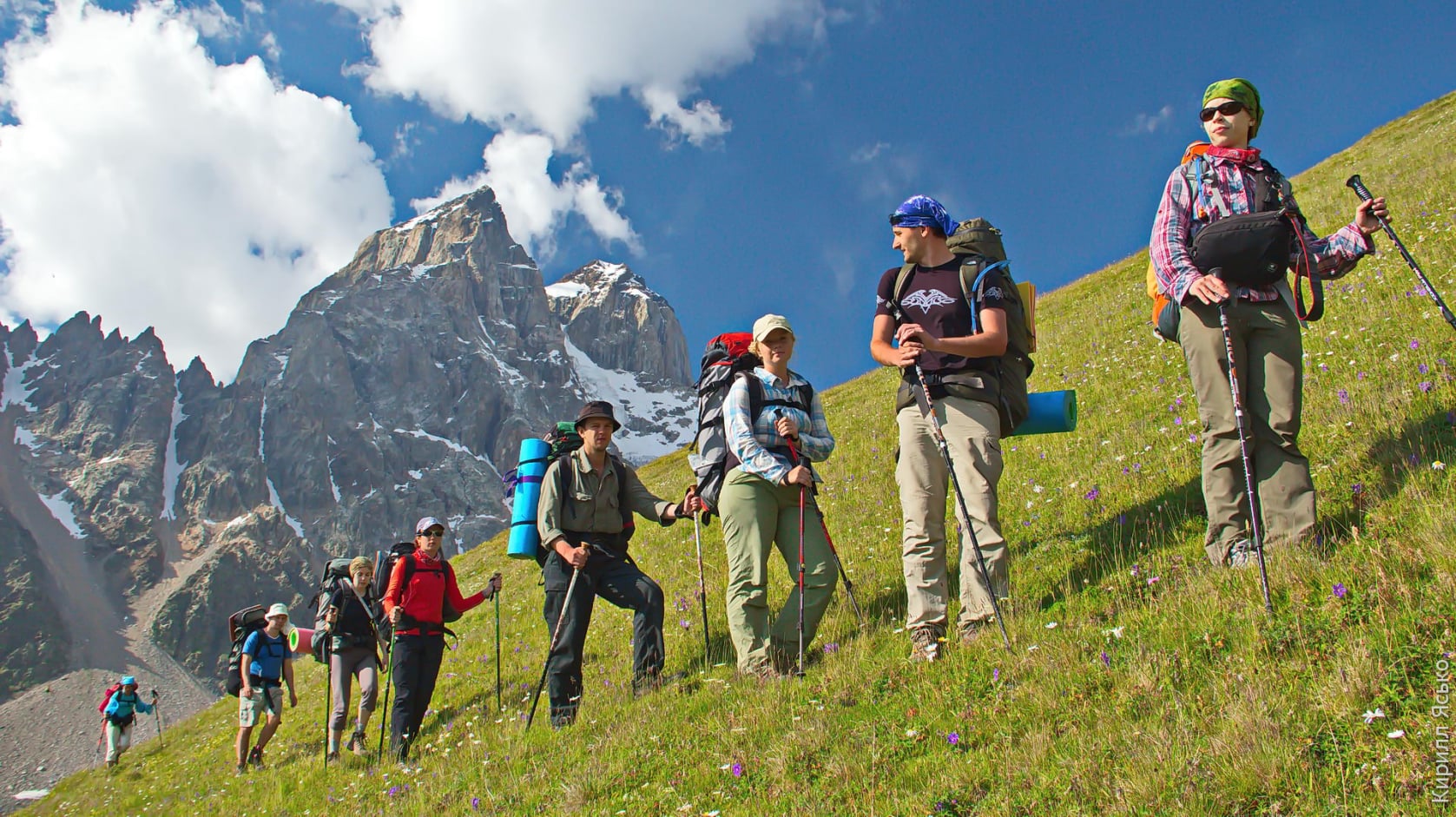
The Art of Slow Travel in a Fast-Paced World
Slow travel is a philosophy that encourages immersing oneself fully in a destination rather than rushing from one landmark to another. It’s about savoring the journey, taking time to absorb the sights, sounds, and flavors of a place. This approach fosters deeper connections with the culture and the people, creating memories that last far longer than a quick snapshot.
One of the greatest benefits of slow travel is the opportunity to explore beyond the tourist hotspots. By spending more time in a single location, travelers can uncover hidden gems—local markets, family-run cafes, and scenic walking paths that guidebooks often overlook. These experiences provide a richer understanding of the destination and its way of life.
Slow travel also allows for greater flexibility. Without a rigid itinerary, there’s room to follow curiosity, whether it’s joining a local festival, taking a spontaneous day trip, or simply relaxing in a park. This openness to the unexpected often leads to the most rewarding experiences, as travelers become participants rather than mere observers.
Another aspect of slow travel is the emphasis on sustainability. By reducing the frequency of flights and long-distance transfers, travelers minimize their environmental impact.
Staying in one place longer also supports local economies, as money is spent on accommodations, food, and services within the community rather than on transportation.
The mindset of slow travel extends beyond the trip itself. It encourages a more thoughtful and deliberate way of living, where experiences are valued over possessions and connections over convenience. This philosophy can transform not just how we travel, but how we approach life in general.
In a world that often prioritizes speed and efficiency, slow travel is a reminder of the beauty of taking things one step at a time. It’s an invitation to pause, breathe, and truly experience the world around us.